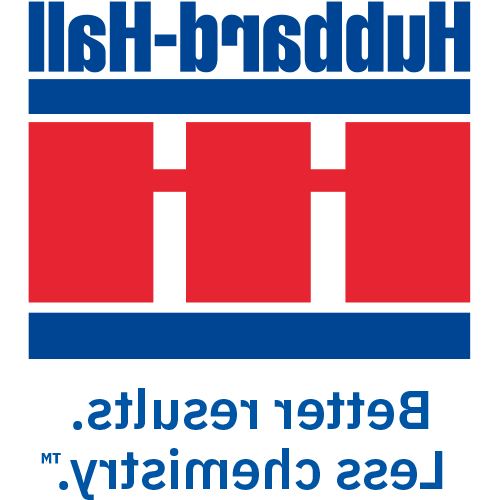‘I have used TCE for years. Never had a problem. Now it’s a problem!’
Let’s face it, you are in the business of producing metal parts, not dealing with chemistry. If the solvent isn’t cleaning effectively, you simply add more. You probably test for acid acceptance, but not frequently. So why isn’t that enough now?
Older open top degreasers used a lot of solvent through emissive losses and drag out. This meant more frequent recharging of the solvent and by default, more replenishment of the stabilizer. If you have an older degreaser and you have been cutting back on your recharging, it’s likely that your parts aren’t getting as clean, and your acid acceptance numbers are much lower than they used to be.
If you have a newer open top degreaser, you may not be refilling as much because you were told that the machine is tighter and more efficient. However, the process of distillation, especially on newer, tighter open tops, strips the stabilizer out of the solvent.
In both cases, because stabilizer is not being added as often as it needs to be, you can end up with an acidic solvent that ruins the parts and can cause leaking in the vapor degreaser cooling coils and other high contact areas. The tank will need to be drained, cleaned and passivated – and then filled with replacement TCE.
Also remember – TCE that is used for vapor degreasing should be ‘single-stabilized’ or ‘degreaser grade’ – stabilizer is the product that keeps the TCE from going acid. A double stabilized product can extend the life of the cleaning bath even more.
An audit from a reputable solvent supplier may uncover reasons for your problems. Hubbard-Hall has over 170 years of experience in effective parts cleaning, for more proof.







Leave a Reply